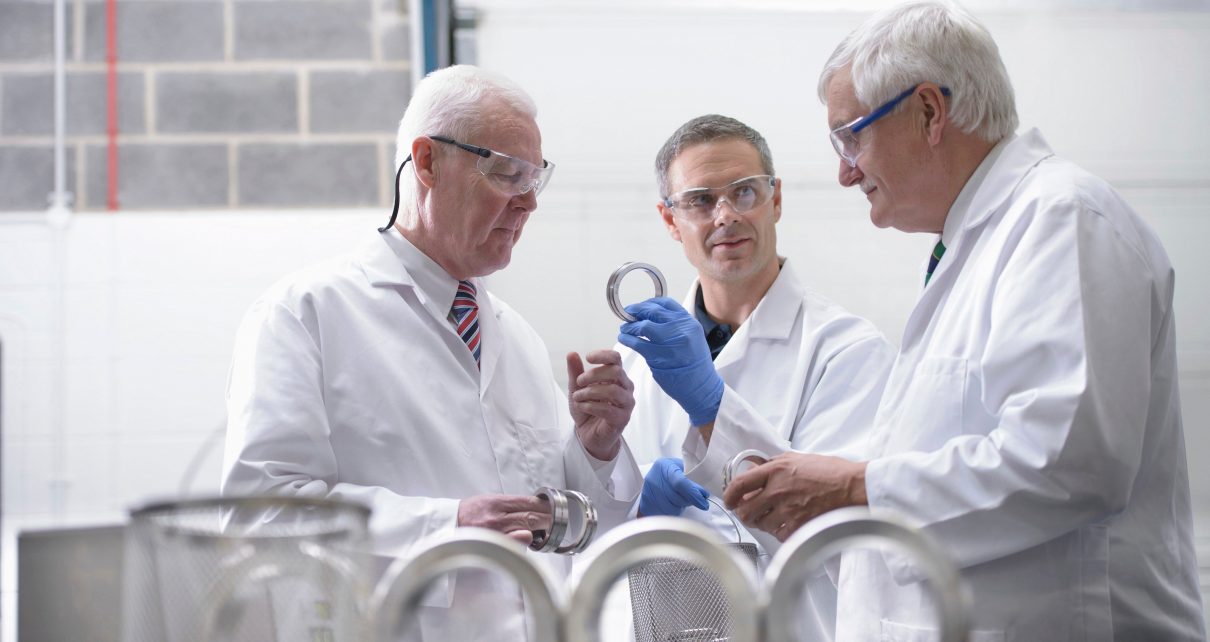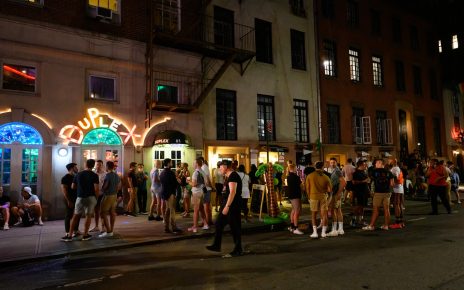Out of necessity, local school systems worldwide have reacted quickly to the COVID-19 pandemic by transitioning education for young people to a virtual setting. A screen with a grid of faces is replacing classrooms, exacerbating inequalities in attendance and engagement in math and science for students in minority-predominant and low-income communities. While countries like China, Denmark, Germany and Norway that are emerging from the first wave of the pandemic are reopening their schools in phases, most schools in the United States are closed through the academic year.
Furthermore, officials are undecided whether to reopen schools in the fall or continue virtual learning, given that a second wave of COVID-19 is likely. While the ultimate decision will likely be contingent upon health and safety of children and their families, prolonged virtual learning may worsen educational inequalities.
Racial and economic disparities already exist in science, technology, engineering and mathematics (STEM) education in the United States. Over half of Asian and white students across grade levels score at or above average on STEM standardized tests compared to only 18 percent of Black and 28 percent of Hispanic students. Also, students of color are less likely to take advanced high school courses and pursue a bachelor’s or graduate degree in STEM. There is significant attrition from primary school through higher education for racial minorities in STEM fields.
With school closures, students of color or from low-income families are grappling with lack of internet access and smart devices making continuity of coursework and access to virtual after-school STEM programs a challenge. Some school districts have attempted to address this by distributing devices like smartphones as Wi-Fi hot spots, while lower resourced school districts might have been unable to. Without steady instruction over two semesters, children may lose a significant part of their annual gains in STEM competencies. Additionally, significant disparities in science literacy between white compared to Black and Hispanic adults may prevent a parent or caretaker from helping a child with STEM concepts and homework. These circumstances will maintain, or even widen, the existing STEM knowledge gap.
Primary and secondary school experiences are critical for opening doors to future career options. Experiential learning typically done in classroom laboratories, a major strategy for getting children and adolescents excited about science, will suffer. Well-resourced schools can develop solutions to simulate these experiences, while others do not have this possibility. Students may not grasp foundational concepts without experiences that teach the scientific method, affecting the options available to high school students who wish to pursue degrees in STEM.
The very nature of the virtual classroom contributes to inequalities as well. Subjects like math often rely on class participation to work through problems together by showing their work on the whiteboard. Worksheets and workbook-based assignments can create difficulties for younger students whose caretaker is not technologically-savvy to help with electronic submission or printing. Small group interactions on class assignments, discussions and demonstrations require more planning. Individual guidance from teachers is less feasible while completing in-class assignments.
Turning home into the classroom removes the safe haven that school provides for many minority and low-income students. Some lack adequate or quiet space to substitute as their classroom. This arrangement requires students to balance their education and domestic realities, including psychosocial concerns like food and housing insecurity, violence, family illness and parents leaving home as essential workers. It also adds additional burdens to vulnerable students with interrupted formal education resulting from illness, refugee status or economic hardship. Prolonged school closures can thus have devastating consequences for these students.
The incidence of COVID-19 is declining in cities like New York but continues to spread in other regions of the country. Without a vaccine or a cure, a viral resurgence is possible. While schools may be quick to adopt continued virtual learning for the fall, the impact of long-term physically distant learning on academic competency is unknown. Therefore, it is imperative for government, policy and community leaders to invest in creative, sustainable and collaborative solutions. Community organizations, libraries and faith-based organizations can provide quiet, safe learning spaces with internet access for students in accordance with the CDC phased guidelines. STEM undergraduate, graduate and postgraduate students can partner with science teachers to provide additional homework support.
As medical students and scientists, we have launched initiatives aimed at bridging the scientific knowledge gap. The Virtual Tutoring Team, composed of scientists, medical students and teachers from diverse backgrounds, produces free live and recorded K–12 content for schools in Haiti, India, the Bronx, Harlem, Elmhurst and Washington, D.C., and continues to expand. Mini Lessons by Medical Scientists, produced by the American Physician Scientists Association, provides videos by physician-scientists talking about scientific research accessible to all.
STEM fields have made critical contributions to COVID-19 response through research, technology and modeling. However, at present, Hispanics hold only 6 percent of STEM jobs requiring bachelor’s degrees or higher, and Black people hold only 7 percent of those jobs, although those populations comprise 16 percent and 11 percent, respectively, of the overall workforce. We call on communities to come together in ensuring equitable STEM education for all children, during this pandemic and beyond. The future may be uncertain, but it is our collective duty to meet the educational needs of future scientists, engineers and mathematicians.



